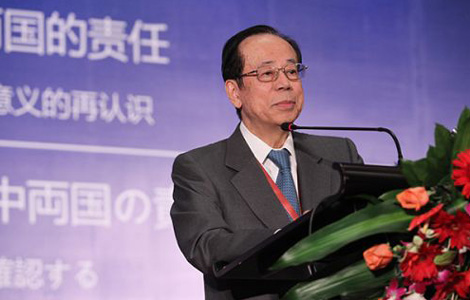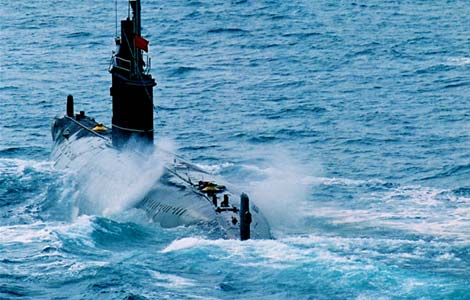Could the smog be vacuumed away?
Updated: 2013-10-28 10:45
By Erik Nilsson (chinadaily.com.cn)
|
|||||||||||
 |
|
Photo provided to China Daily |
Dutch designer Daan Roosegaarde is building a giant "electronic vacuum cleaner" — the world's largest air purifier — to suck smog from Beijing's skies.
It could turn a 1 kilometer diameter ring of poisonous haze into a 1-centimeter-diameter ring of a condensed particulate that people could wear.
Roosegaarde said the condensed smog "gets squished together" and turns into a sort of gel that can be fashioned into jewelry.
"The smog ring is one example of many possibilities," he told China Daily.
While the particles would be toxic to inhale as particulates, they would be safe to wear on a person's finger as concentrates, he said.
The vacuum is a mass of underground copper coils that generate an electrostatic charge that draws in smog particles.
"It's a similar principle to if you have a statically charged balloon that attracts your hair," Roosegaarde told Dezeen Magazine.
"If you apply that to smog to create fields of static electricity of ions, you literally attract or magnetize the smog so it drops down and you can clean it. It's like an electronic vacuum cleaner."
Roosegaarde told Dezeen that he had the idea for the project while staying at a hotel in Beijing and looking at the CCTV building from his window. "I could see the CCTV building," he said. "I had a good day when I could see it and I had a bad day when I could not see it. On a bad day the smog is completely like a veil. You don't see anything. I thought, that's interesting. That's a design problem."
"We've been working on a series on interactive landscapes," said the designer whose previous creations include dance floors that produce electricity from the people strutting their stuff on them and "smart highways" that generate their own light.
"We thought it would be interesting to use smog as a design component."
Roosegaarde has already developed a prototype and plans to install the first machine within in a little over a year, hopefully in a Beijing park.
But while the technology might appear to suggest a paradigm shift to blue skies, Roosegaarde believed it is no panacea.
"It's not the answer to smog," he said. "But it's making people aware there are solutions. The solution to smog is human, not technological. We should change the way we behave."
Related Stories
Best air quality lures tourists to Haikou 2013-05-20 17:45
Blue sky, blue sea 2013-09-16 10:30
Perseid meteor shower puts on show in night sky 2013-08-14 07:09
Light of Beijing 2012-12-31 16:28
Artistic transcendence meets gender politics 2013-10-26 08:04
Today's Top News
Britain awaits hurricane-force 'St. Jude' storm
British media figures in phone-hacking trial
Mythbuster dispels fictions about China
Forum urges stable China-Japan ties
NSA spying hurts US diplomacy
Carrier rocket sent to launch base for moon landing
Requirements cut for business startups
Study shows PM1 most harmful
Hot Topics
Lunar probe , China growth forecasts, Emission rules get tougher, China seen through 'colored lens', International board,
Editor's Picks
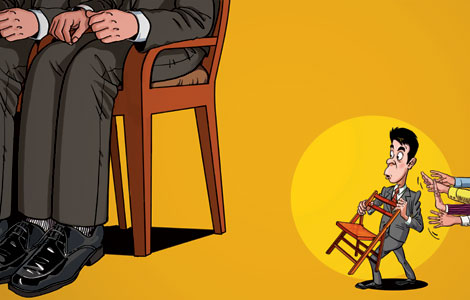
|
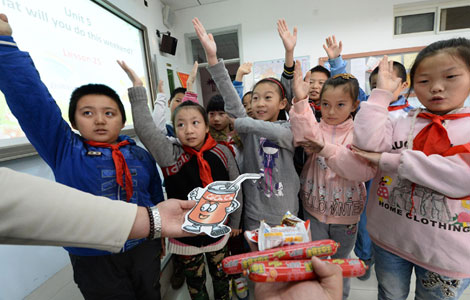
|
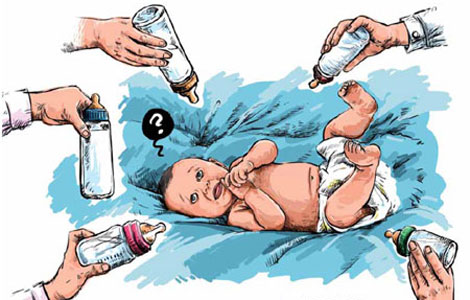
|
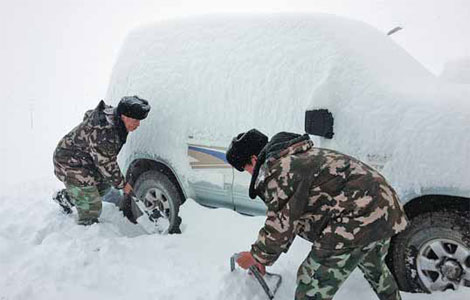
|
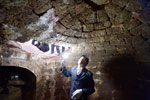
|

|

